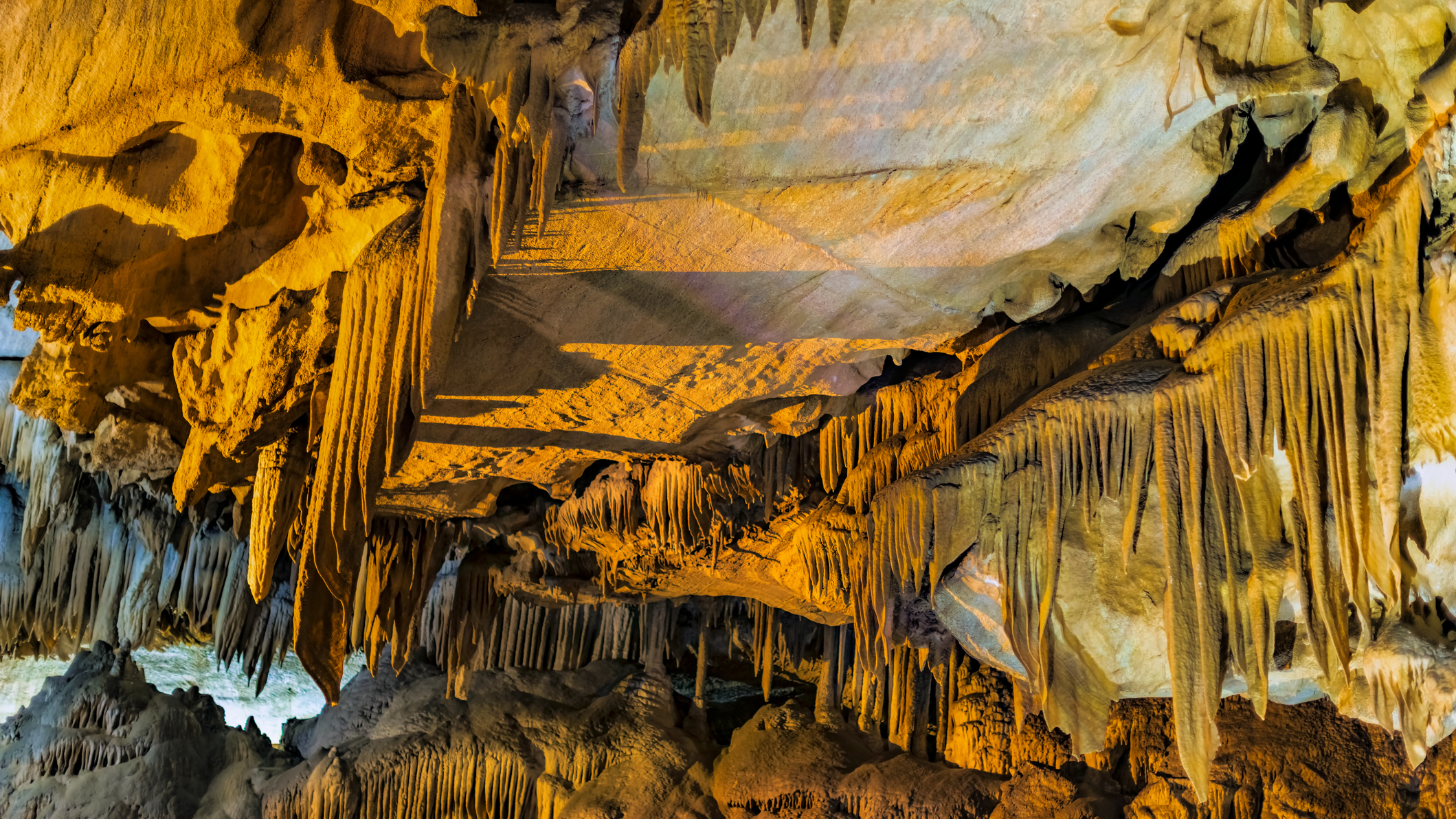What is frontcountry camping?
We explain the differences between frontcountry camping and backcountry camping, and run through what to expect from frontcountry camping, and what you’ll need
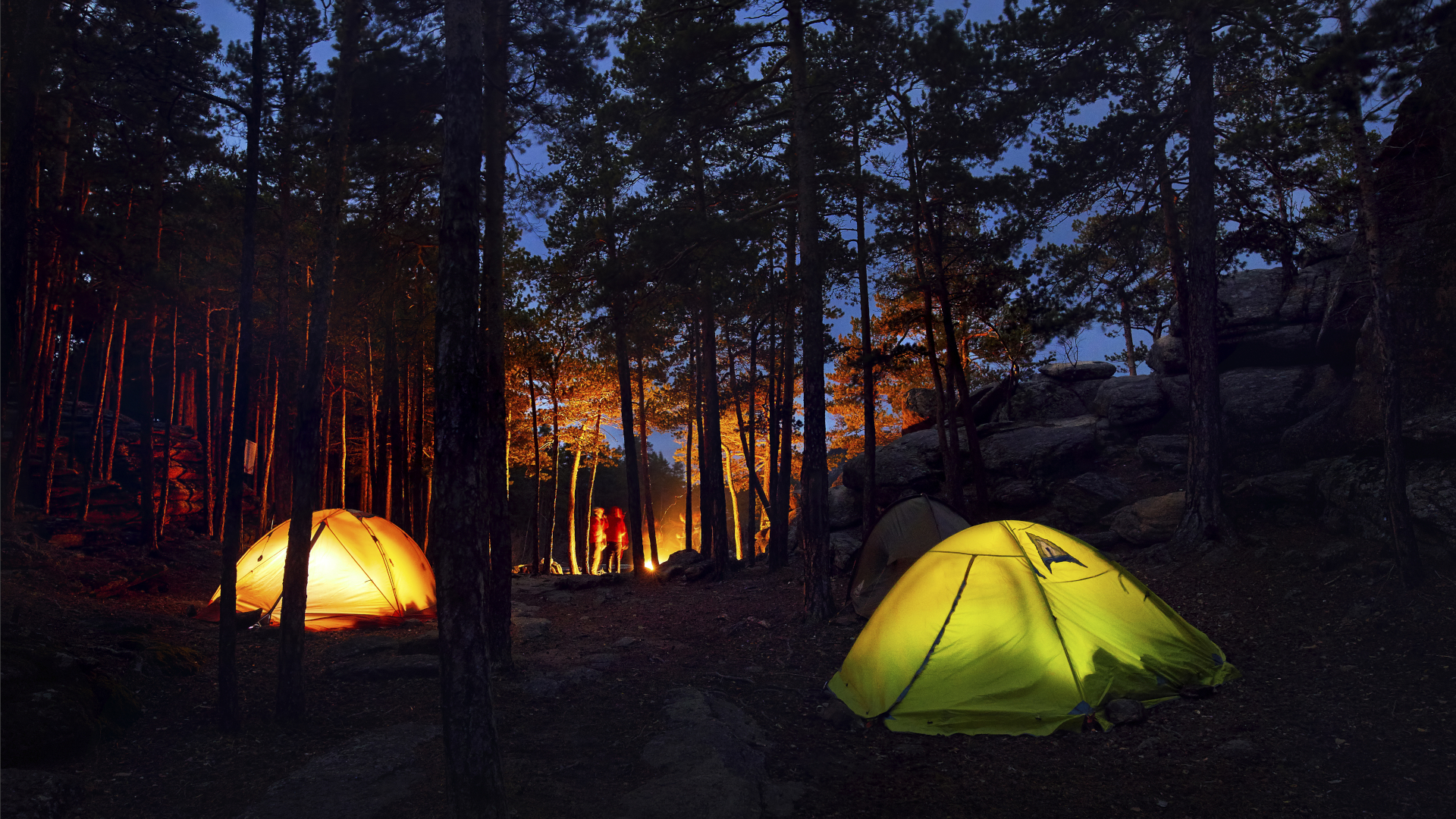
If you’ve been researching the different types of camping, you may have come across the term frontcountry camping and wondered what it means, and perhaps whether it’s for you. Though it’s not the most commonly used camping term, it’s becoming more common and knowing what it means will help you figure out what gear you need to bring and give you an idea of what you can expect in terms of things like amenities and services. If all this is going over your head, start with our article on camping for beginners, then come back here and finish this article.
What is frontcountry camping?
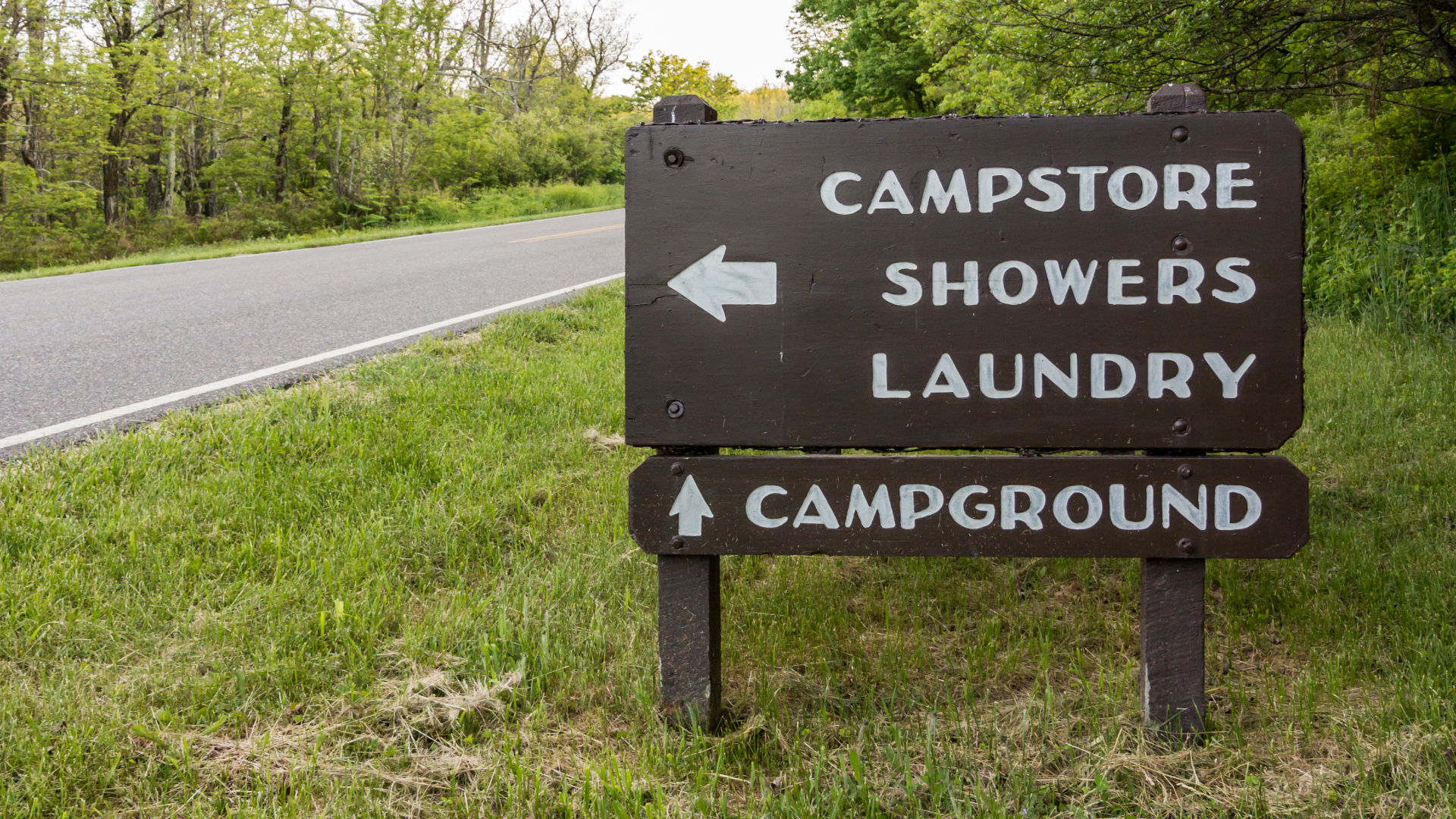
Frontcountry camping is another term for car camping, which doesn’t mean that you camp in your car (although if you’re going to, check out our tips for how to camp in your car). Frontcountry camping takes place in designated campgrounds, and is often the go-to term for camping in National Parks. With this type of camping, you’ll pay the camp host to reserve a campsite and upon arrival, you’ll be directed to a specific spot where there will be space to park your car, a clearing where you should pitch your tent, and often a picnic table and fire ring where you can build a campfire.
What is the difference between frontcountry and backcountry camping?
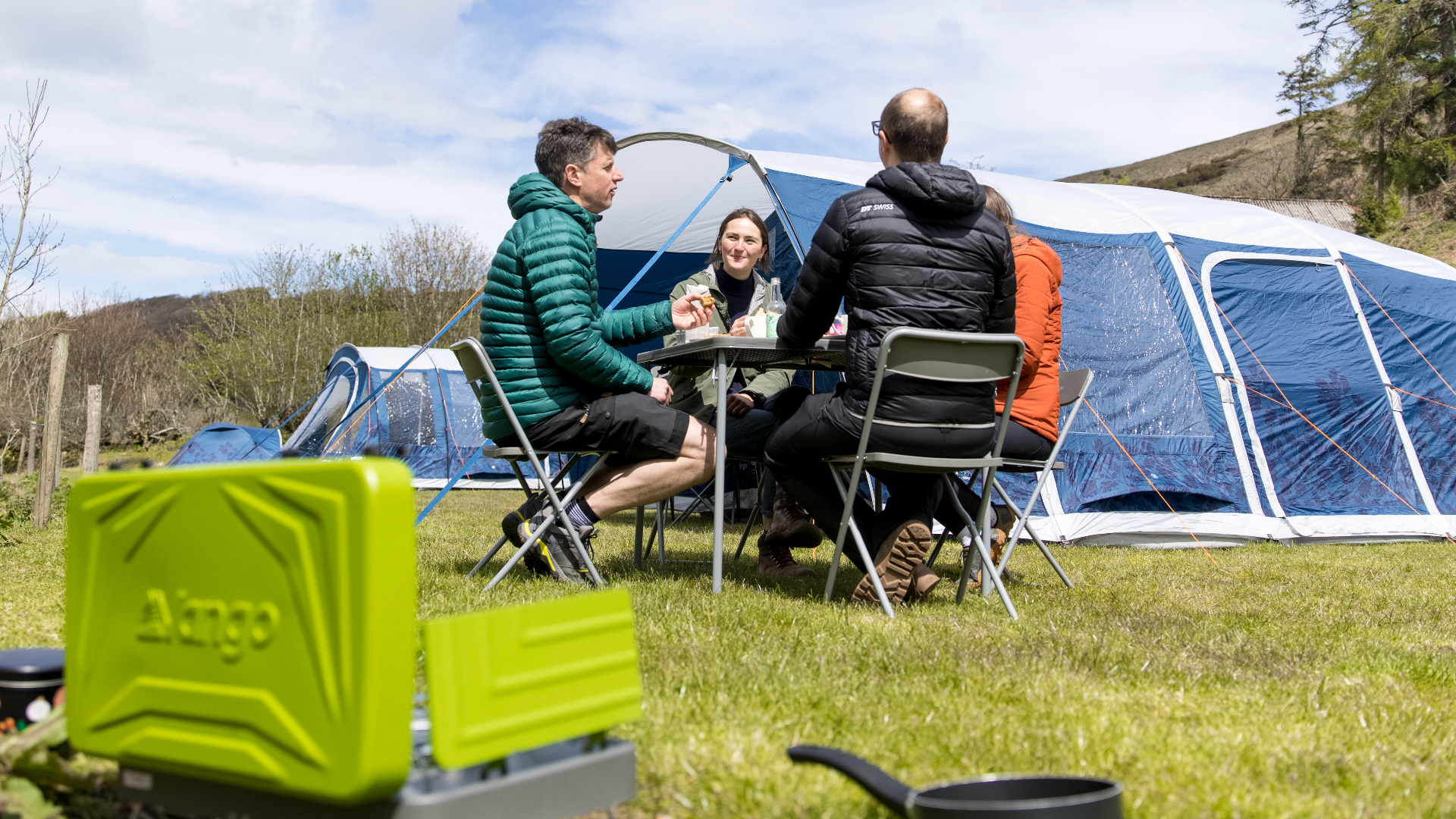
The terms frontcountry and backcountry are commonly used in skiing to differentiate between different types of access. Frontcountry skiing involves paying to ride a chairlift to access to established ski runs on a resort, whereas backcountry skiing means hiking or even skiing uphill in the wilderness to ski down.
In camping, the terms offer much the same distinction except instead of a chairlift to get you where you want to go, you’ve got roads to get you to frontcountry campsites. Though it’s not required that you drive in in your car, you’ll most likely arrive by car or bus and therefore, you’ll be able to bring quite a bit more gear like one of the best camping mattresses to sleep on and a camping cooler full of yummy food. The chances are good that there will be other people around, camping in nearby sites.
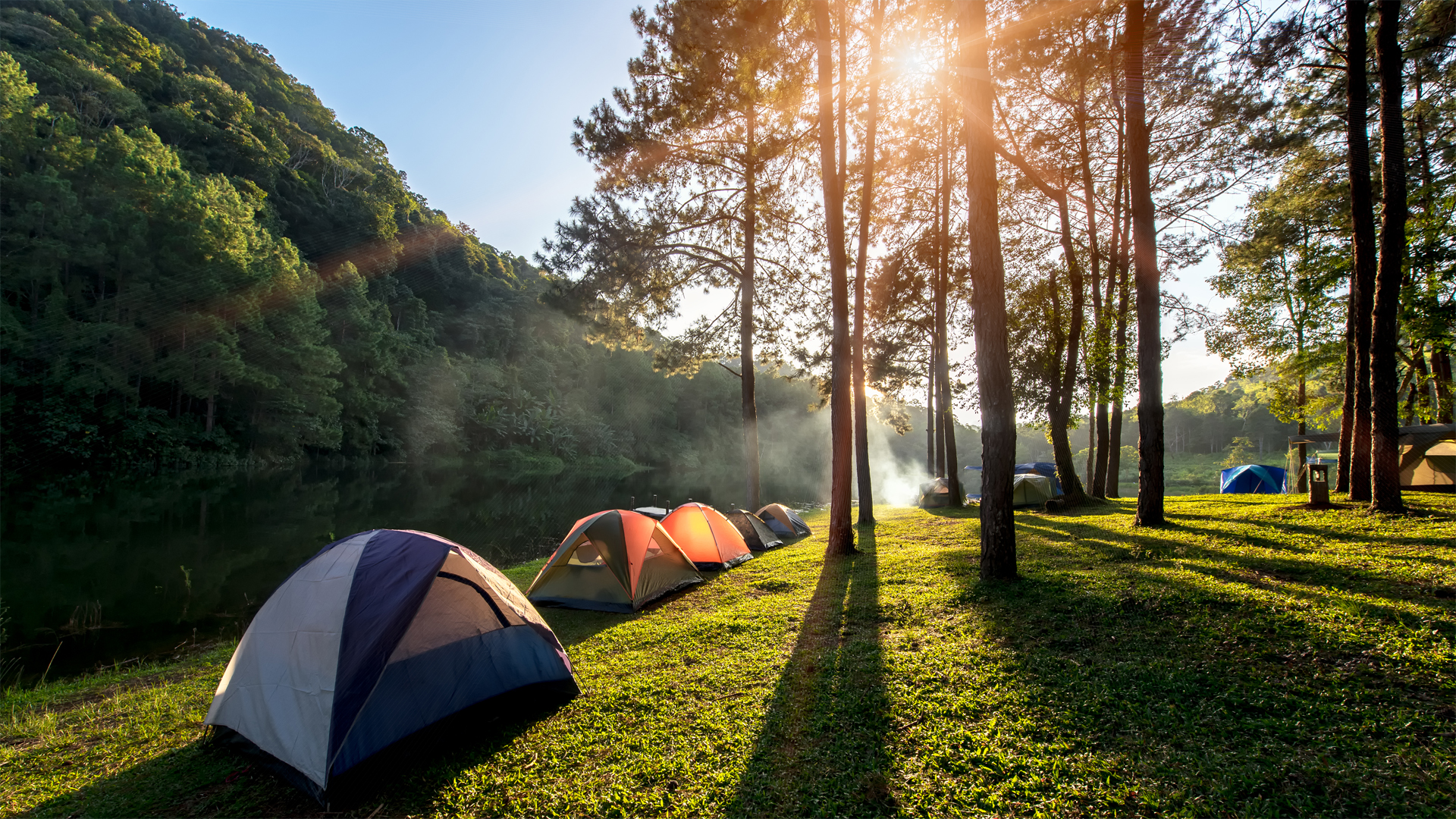
Where there isn’t a road, or at least one you can drive on, you’re probably going backcountry camping. That means you’ll probably be carrying everything you need in your backpack and there won’t necessarily be obvious clearings or fire rings, so you’ll need to understand where not to camp and know how to safely build a campfire. On the plus side, you’ll be able to camp just about anywhere that’s safe, and you’re not likely to see anyone else for miles.
If you want to know more about the differences between the two, read our article on camping vs backpacking.
What to expect from frontcountry camping
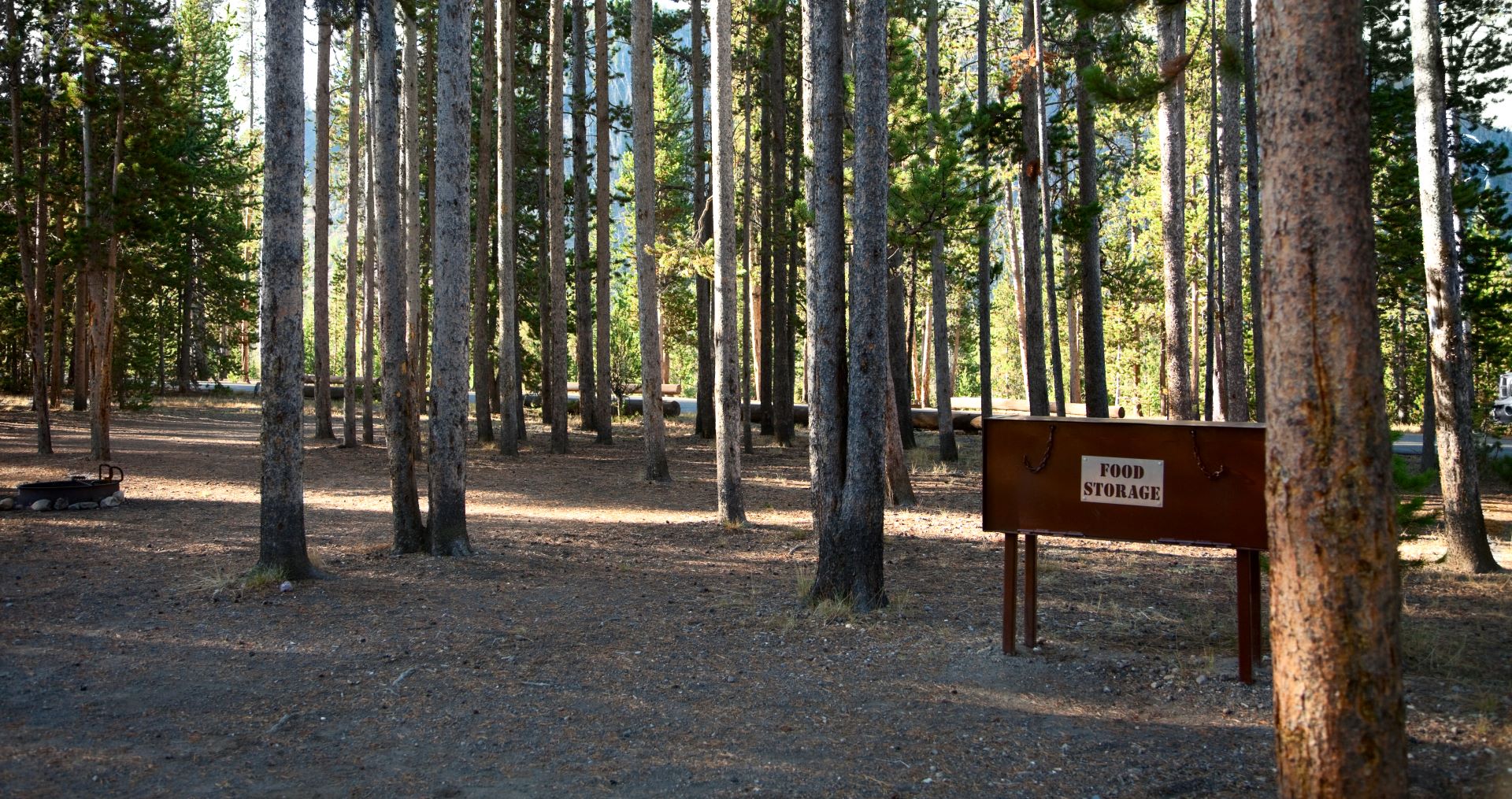
There is no set list of amenities you should expect from frontcountry camping, and in fact, some sites that you pay for and drive to can be quite primitive, lacking even running water. To know for sure what to expect, call ahead to the campground, but here are some amenities that are commonly found in frontcountry camping:
Advnture Newsletter
All the latest inspiration, tips and guides to help you plan your next Advnture!
- Check in station
- Parking spot
- Clearing for your tent
- Fire ring
- Picnic table
- Drinking water
- Toilets
- Showers
- Trash cans
- Food storage (to protect your food, and wildlife)
- Wheelchair access
- A shop with supplies and ice
What do you need for frontcountry camping?
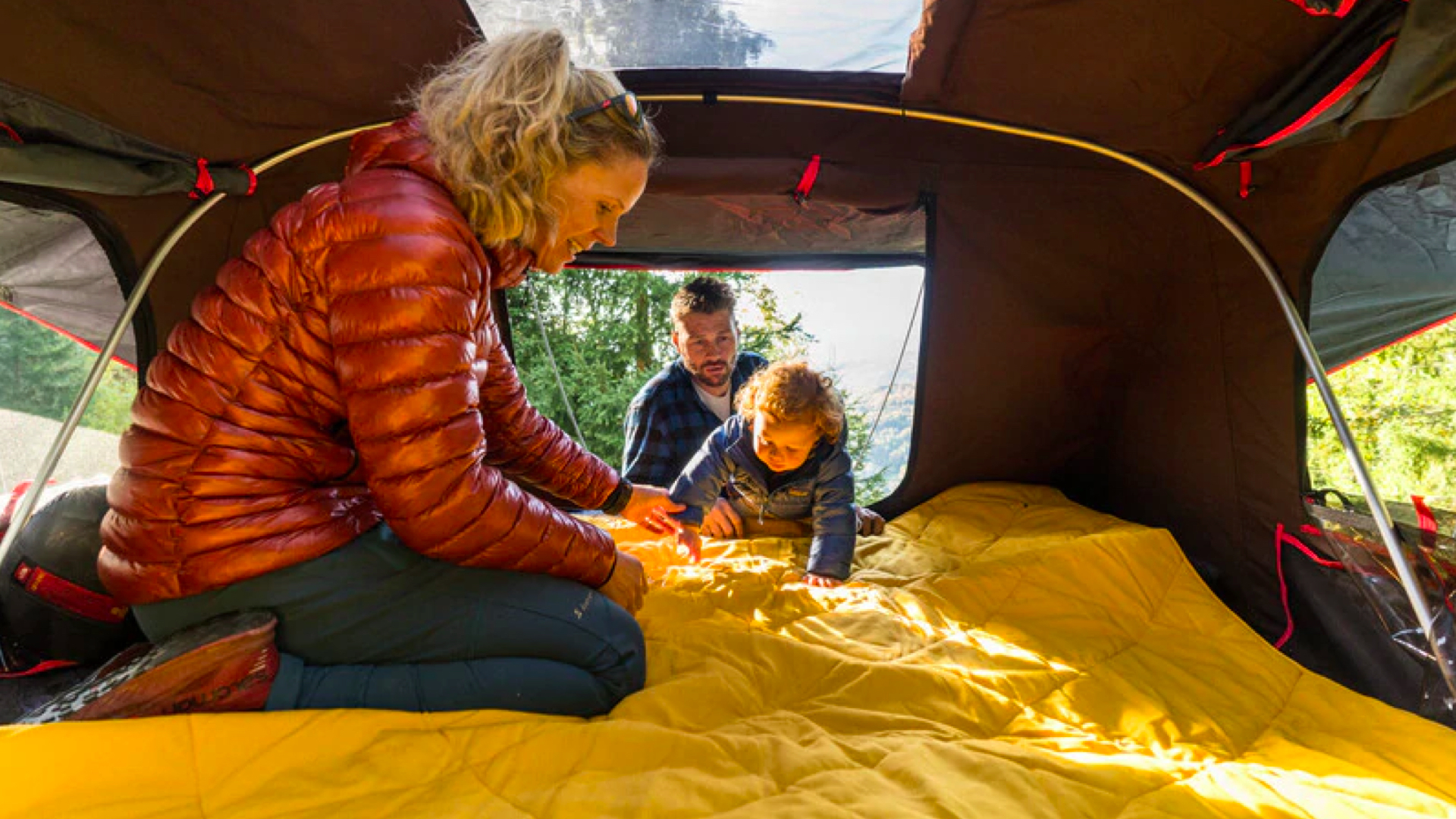
While frontcountry camping certainly allows more luxury than backcountry camping, you’ll still need to bring a lot of gear (if this doesn’t sound like your style, you’ll want to try glamping instead!). Once you’ve checked what your campground offers, you’ll have a better idea of exactly what you’ll need, but here’s a list of pretty standard items to bring:
- Tent
- Sleeping pad
- Sleeping bag
- Camping pillow
- Camping stove or double burner grill
- Camping pots and pans, dishes, mugs and utensils
- Cooler with your food and beverages
- Headlamp or one of the best camping lanterns
Julia Clarke is a staff writer for Advnture.com and the author of the book Restorative Yoga for Beginners. She loves to explore mountains on foot, bike, skis and belay and then recover on the the yoga mat. Julia graduated with a degree in journalism in 2004 and spent eight years working as a radio presenter in Kansas City, Vermont, Boston and New York City before discovering the joys of the Rocky Mountains. She then detoured west to Colorado and enjoyed 11 years teaching yoga in Vail before returning to her hometown of Glasgow, Scotland in 2020 to focus on family and writing.

